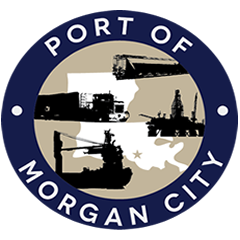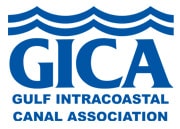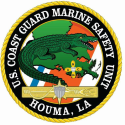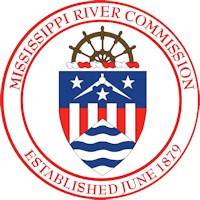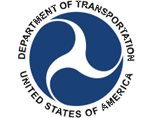Ports’ impact keeps growing
- Details
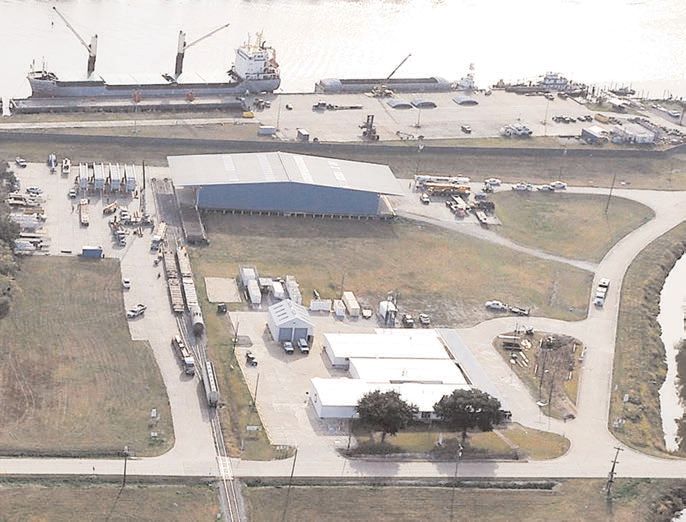
This file photo shows an aerial view of the Port of Morgan City.
A national study released this week found that coastal ports are
having an increasing economic impact on their communities.
having an increasing economic impact on their communities.
Legislators push to get money for maintenance
A nationwide study of ports released Tuesday shows a big increase in the impact of coastal ports to the U.S. economy. Legislators are trying to make sure those ports get the maintenance funds they need to function at their full potential. Since the last American Association of Port Authorities economic impact study in 2007, the contributions of U.S. seaports to the nation’s economy have risen dramatically, according to a news release. From 2007 to 2014, the total economic value U.S. coastal ports provide in the form of revenue to businesses, personal income and economic output by exporters and importers rose 43 percent to $4.6 trillion in 2014, the study, performed by Pennsylvania-based company Martin Associates, reported.
Port’s import-export business grows
- Details
Import-export business at the Port of Morgan City is on the rise and has steadily increased since the first ship of that kind came to the port in August 2014, port officials say. Port of Morgan City Executive Director Raymond “Mac” Wade said getting into the import-export business within the past year “has put us on the map.” The port has been “very busy” and the “phones are ringing off the hook,” Wade said. The Morgan City Harbor and Terminal District commission held its monthly meeting Monday. Import-export business started coming to the port when the Oslo Bulk 9, a 360-foot-long ship being leased by PMI Nutrition International, began importing sea salt and exporting grain from the Port of Morgan City in August 2014. The ship traveled to Mexico and Haiti. PMI Nutrition International is owned by Land O’ Lakes. That business has drawn the interest of other import-export companies. Wade expects a ship operated by Planters Rice of Abbeville, possibly up to 480 feet long, to come into the port within the next 10 days, he said. The company has already exported rice from the port with a 350-foot ship. Import-export ships made a total of 18 trips to the port since August 14, Wade said.
Port chief heads to D.C.
- Details
MORGAN CITY — Today’s trip to Washington, D.C., for Port of Morgan City Executive Director Raymond “Mac” Wade will be one to both thank federal officials for their help to get additional funding to dredge the Atchafalaya River Bar Channel and to let them know that more funding is still needed, he said. Wade is traveling to Washington, D.C., today to discuss dredging, to hunt for money and to thank the Louisiana congressional delegation for signing a letter that led to the acquisition of $4 million in additional funding for Atchafalaya River dredging. Wade will meet with the assistant chief of staff to the head of the U.S. Army Corps of Engineers this afternoon to let the corps know that the dredging funds are “still not enough.” The Morgan City Harbor and Terminal District Commission met Monday at the Port of Morgan City.
Meteorologist: Public’s help vital to weather reporting
- Details
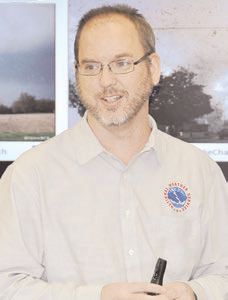
By ZACHARY FITZGERALD
MORGAN CITY — Roger Erickson, warning coordination meteorologist for the National Weather Service in Lake Charles, stressed Tuesday the importance of having the public’s assistance to ensure the weather service gets accurate severe weather reports. The Port of Morgan City hosted a National Weather Service Skywarn class Tuesday. The St. Mary Parish Office of Homeland Security also partnered to organize the event. Skywarn classes, which are held across the region, inform people about how to report weather incidents, Erickson said. Skywarn consists of a group of volunteers who report to the National Weather Service, Erickson said. “The story of, if a tree falls in the middle of the woods, and no one’s there to see it, does it make a sound? Same thing with our business,” Erickson said. “If no one reports the tree falling down in the woods then, nope, we never heard about it.” Though Skywarn is typically focused on reporting tornadoes, “flooding is the big story” in this region, Erickson said. If pumps cannot keep up with the water coming in, then an area will flood, he said. Judging how the depth of water from a distance is difficult to do, which makes driving through in flooded conditions dangerous, he said. Heavy rain and flooding are generally much bigger issues in south Louisiana than tornadoes, Erickson said. “One foot of moving water can pick up 2,000 pounds,” he said. “Most of our cars and trucks are going to get picked up if it’s moving water.” National Weather Service meteorologists use radar to spot tornadoes, but to actually verify the information, the service relies “heavily on feedback from the people out in the community,” Erickson said. The service’s radar system can detect whether the activity shown is rain, hail, ice, snow or debris being thrown into the sky, Erickson said.
Read more: Meteorologist: Public’s help vital to weather reporting
Construction Underway on Emergency Center
- Details
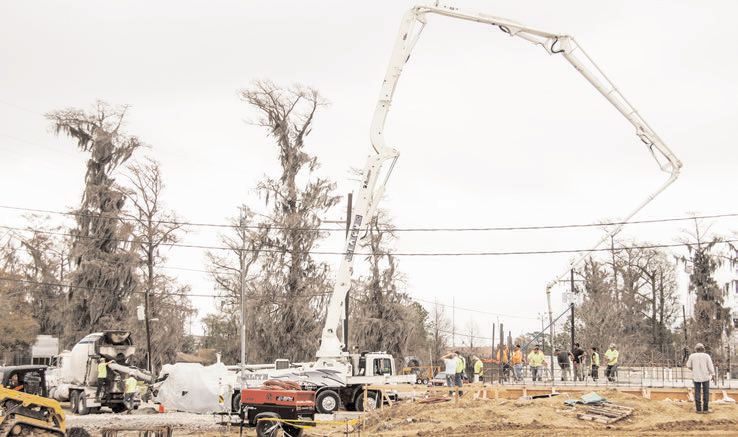
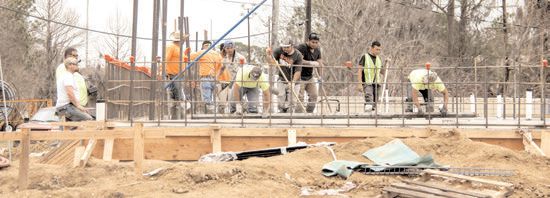
Workers pour the foundation Tuesday for the Port of Morgan City's $11 million Government Emergency and Operations Center on La. 182 in Morgan City near the municipal auditorium. About 560 cubic yards were poured at the site, Port Executive Director Raymond "Mac" Wade said.
Crewboat Cut authorized as new channel
- Details
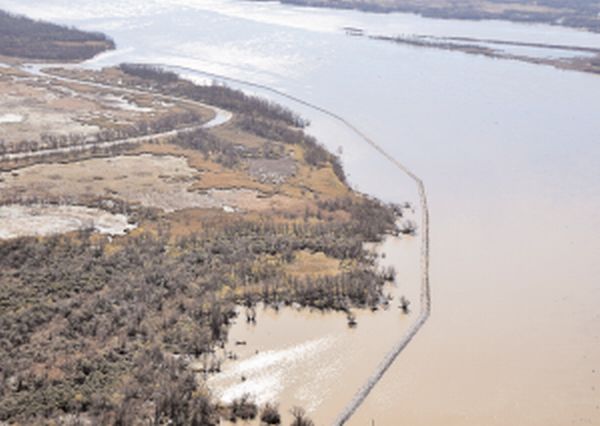
Aerial view of the rocks placed along the Crewboat Cut in the Atchafalaya River.
By ZACHARY FITZGERALD
MORGAN CITY — After about eight years of planning and work, the Crewboat Cut is now officially the new federally authorized channel for vessels to travel through on the Atchafalaya River, according to port officials. U.S. Coast Guard personnel marked the Crewboat Cut last week, and the channel officially opened Wednesday, Port of Morgan City Executive Director Raymond “Mac” Wade said. The buoys have been removed from Horseshoe Bend, which was the previously authorized channel, Wade said. “The Horseshoe is no longer there, and it will eventually fill in by itself,” Wade said. “The Crewboat Cut will just keep getting a little deeper and deeper for us.” Dredging of the Crewboat Cut was completed Aug. 4, Mike Lowe of the U.S. Army Corps of Engineers said at the August port meeting.
